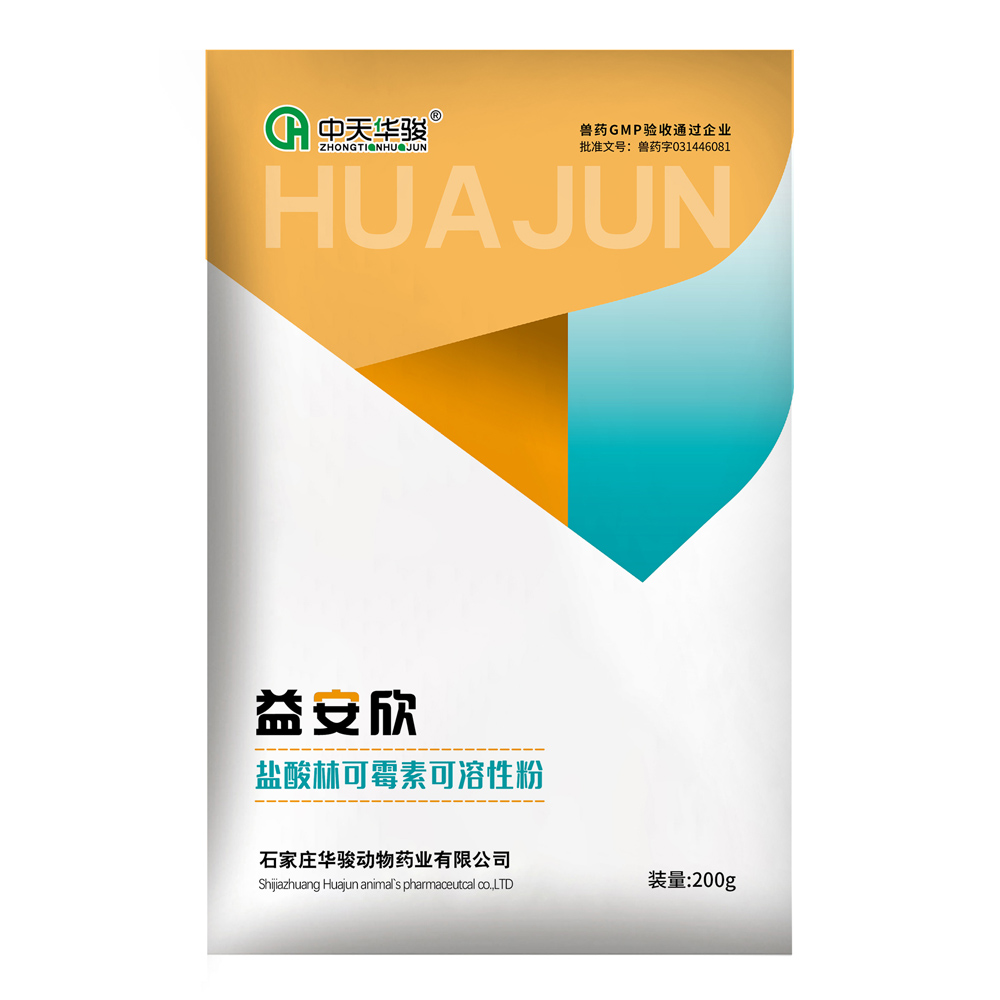
Oct . 08, 2024 15:31 Back to list
Understanding Coccidia in Poultry Farming and Its Impact on Livestock Health
Coccidia in Poultry Understanding the Threat and Management Strategies
Coccidia, a group of microscopic parasites belonging to the genus Eimeria, are a significant concern in the poultry industry. These single-celled organisms can cause coccidiosis, a disease that primarily affects the intestinal tract of birds, leading to serious health issues and substantial economic losses for poultry producers. Understanding the biology of coccidia, their impact on poultry health, and effective management strategies is crucial for maintaining healthy flocks and optimizing production levels.
Understanding Coccidia
Coccidia are ubiquitous organisms found in various environments, and their presence in poultry farms is almost inevitable. The life cycle of these parasites is complex and involves both sexual and asexual reproduction. Birds contract coccidia by ingesting oocysts, which are the hardy, dormant stage of the parasite found in contaminated feed, water, or bedding. Once ingested, coccidia undergo multiple developmental stages in the intestines, leading to the destruction of intestinal cells, which can result in severe diarrhea, malabsorption of nutrients, and ultimately, dehydration and weight loss in affected birds.
Impact on Poultry Health
The impact of coccidia on poultry health can vary widely, depending on the species of Eimeria involved, the age and immunity of the birds, and environmental factors such as sanitation and nutrition. Young birds, particularly those under six weeks of age, are most susceptible to the disease, as their immune systems are not fully developed. Symptoms of coccidiosis can include lethargy, ruffled feathers, poor feed conversion, and in severe cases, death. Chronic infections can also impair growth rates and reduce the overall productivity of the flock, leading to economic loss for producers.
Management Strategies
coccidia en aves factory

Effective management of coccidia in poultry requires a combination of strategies to minimize the risk of outbreak and to control existing infections. Here are some key approaches
1. Good Hygiene Practices Maintaining high standards of hygiene is essential to break the cycle of contamination. Regular cleaning and disinfection of equipment, feeding areas, and living spaces can significantly reduce the presence of oocysts.
2. Biosecurity Measures Implementing strict biosecurity protocols helps prevent the introduction of coccidia into the flock. This includes controlling access to the poultry house, sanitizing equipment before use, and preventing contact with wild birds that may carry the parasites.
3. Vaccination and Nutritional Management In some regions, coccidiosis vaccines are available and can help build immunity in birds. Additionally, providing a balanced diet that includes adequate vitamins and minerals supports the immune system, allowing birds to better resist infections.
4. Anticoccidial Drugs In many poultry operations, anticoccidial medications are routinely added to feed to prevent coccidiosis. However, the use of these drugs should be carefully managed to prevent resistance development.
5. Monitoring and Surveillance Regular monitoring of flock health and fecal analysis for oocyst counts can help detect early signs of coccidiosis. This allows for timely interventions to mitigate the spread of the infection.
In conclusion, coccidia pose a significant challenge to the poultry industry, but with comprehensive management strategies that include hygiene, biosecurity, nutritional support, and vigilant monitoring, producers can minimize their impact. By focusing on prevention and control, the health of poultry flocks can be maintained, ensuring sustainable production and economic viability for the industry.
-
Quality Bacillus Coagulans BC30 Factory - Expert Production
NewsAug.02,2025
-
China Salivation AI with GPT-4 Turbo Features
NewsAug.01,2025
-
Epic Sepsis Factories: AI-Driven Detection with GPT-4 Turbo
NewsJul.31,2025
-
Acute Salpingitis and Oophoritis AI Factory
NewsJul.31,2025
-
Premium China Bacillus Subtilis Supplier & Factory Solutions
NewsJul.30,2025
-
Premium Avermectin Supplier in China | Custom Solutions Available
NewsJul.29,2025




